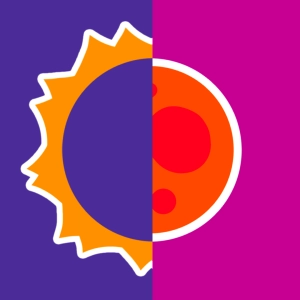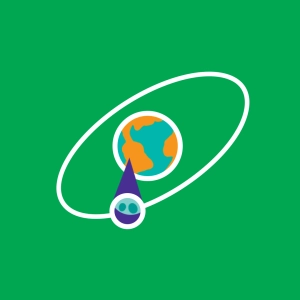 Lunar eclipse
Lunar eclipse
Learning objectives
- To distinguish between a Lunar eclipse and a Solar eclipse.
- To illustrate the different types of lunar eclipses.
- To identify the dark and semi-light zones.
A lunar eclipse is produced when the moon passes partially or totally into the shadow of the Earth.
This happens when the Sun, the Earth and the Moon are almost aligned with the Earth between the Sun and the Moon. It is a frequent phenomenon observable by everyone situated in the night side of the Earth.
One must not get this phenomenon mixed up with a solar eclipse that also occurs when the three bodies are aligned, but the Moon is in this case between the Sun and the Earth. A solar eclipse is more rare and only seen by people situated near a small area of Earth (on the day side).

Discover EduMedia for free
The interactive encyclopedia that brings science and math to life in the classroom.
Over 1,000 resources





